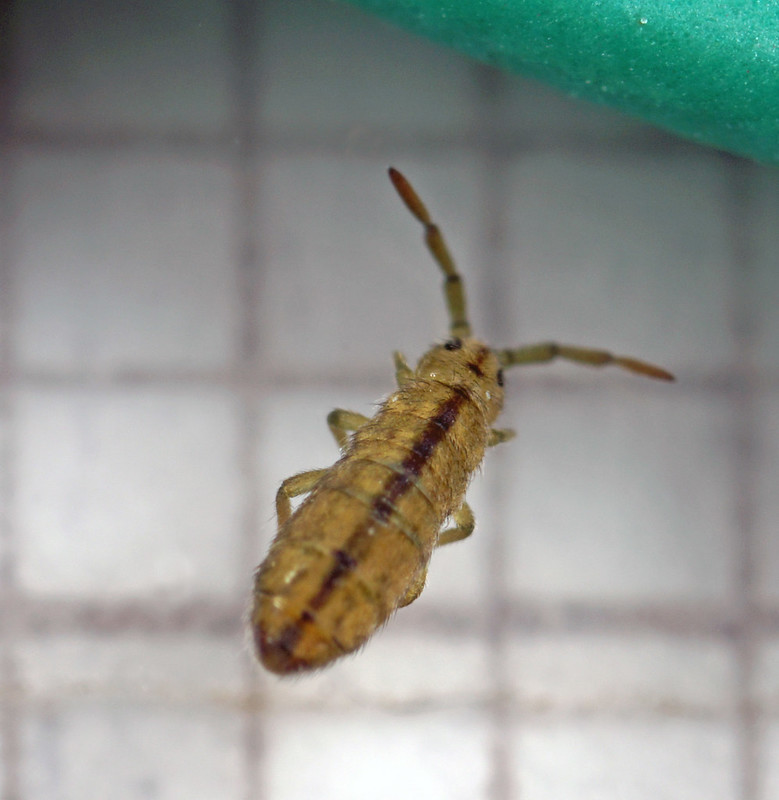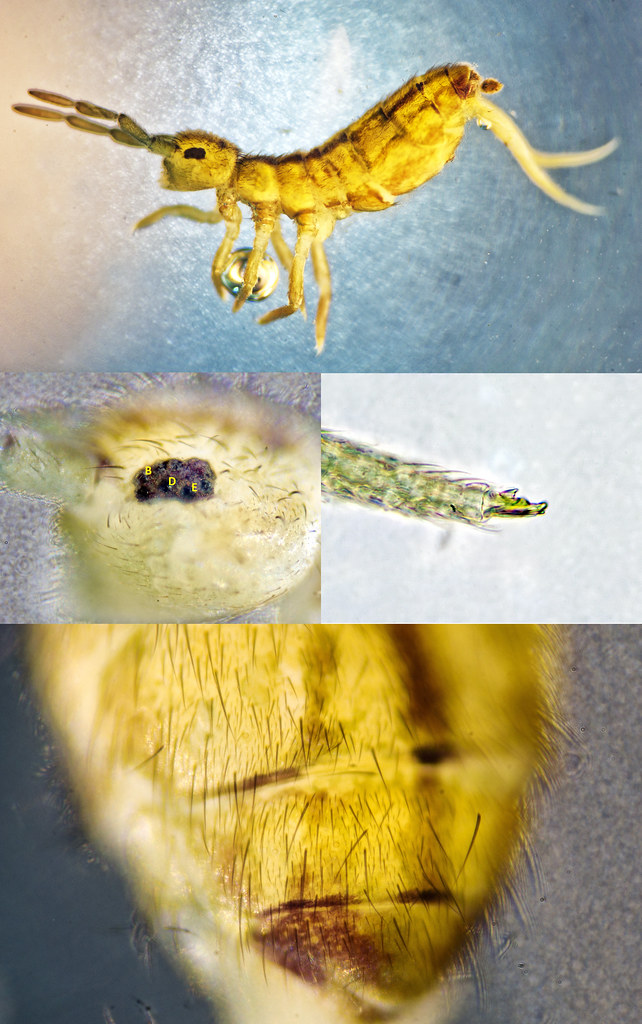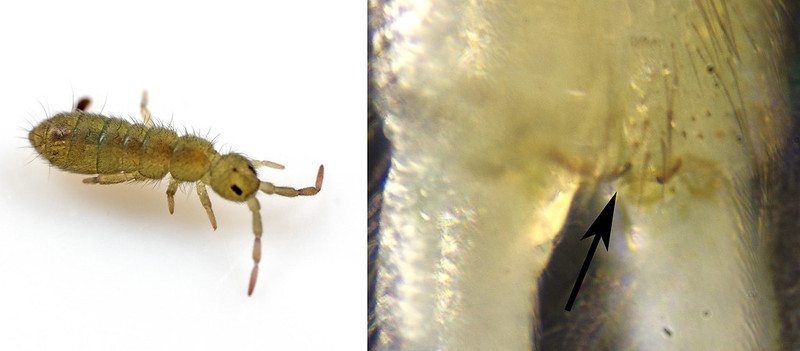Culliney, T. W. (2013) Role of arthropods in maintaining soil fertility. Agriculture, 3(4), 629-659:
"In terms of species richness, arthropods may represent as much as 85% of the soil fauna. They comprise a large proportion of the meso- and macrofauna of the soil. Within the litter/soil system, five groups are chiefly represented: Isopoda, Myriapoda, Insecta, Acari, and Collembola, the latter two being by far the most abundant and diverse. Arthropods function on two of the three broad levels of organization of the soil food web: they are plant litter transformers or ecosystem engineers. Litter transformers fragment, or comminute, and humidify ingested plant debris, which is deposited in faeces for further decomposition by micro-organisms, and foster the growth and dispersal of microbial populations. The comminuted plant matter in faeces presents an increased surface area to attack by micro-organisms, which, through the process of mineralization, convert its organic nutrients into simpler, inorganic compounds available to plants.
Ecosystem engineers alter soil structure, mineral and organic matter composition, and hydrology. The burrowing by arthropods, particularly the subterranean network of tunnels and galleries that comprise termite and ant nests, improves soil porosity to provide adequate aeration and water-holding capacity below ground, facilitate root penetration, and prevent surface crusting and erosion of topsoil. Also, the movement of particles from lower horizons to the surface by ants and termites aids in mixing the organic and mineral fractions of the soil. The faeces of arthropods are the basis for the formation of soil aggregates and humus, which physically stabilize the soil and increase its capacity to store nutrients."
"As part of the mesofauna, the microarthropods comprise the important middle links of soil food webs, serving, in their role as both predator and prey, to channel energy from the soil microflora and microfauna to the macrofauna on higher trophic levels. ... The diet of Collembola is of considerable breadth, including moss protonema, bacteria, fungal hyphae and spores, algae, protozoans, arthropod faeces, pollen, decaying plant materials and humus, other Collembola (living or dead), and stored products, and species are divided between those that masticate their food and those that are fluid feeders. However, the majority of species are primarily or largely fungivorous. ... Comminution of plant litter is brought about largely by the feeding activity of saprophagous animals, and, during passage through the digestive system, is accompanied by catabolic changes. The unassimilated residue from the communitive and catabolic processes is excreted as faeces, typically smaller in size and of different chemical composition than the ingested food. The plant matter passing out in faeces also presents an increased surface area to attack by micro-organisms. A significant amount of plant material may be involved. For example, as much as 20% of total annual litter input typically may be processed by the feeding activity of Collembola. ... In habitats, in which earthworms are absent or rare, such as the acidic more soils of coniferous forests, Collembola may assume a much greater role in the physical breakdown of organic matter. ... Collembolan grazing on fungi can result in increased mobilization of available N and Ca, with implications for nutrient availability in particular environments, such as acidic forest soils, in which large nutrient pools tend to be immobilized in stores of accumulated organic matter. ... Significant amounts of K+, PO4 3−, N, Na+, and Ca2+ may be stored in soil arthropod (Collembola, Oribatida, Isopoda, and Diplopoda) biomass, these animals constituting an important nutrient pool in the soil, which temporarily immobilizes ions and prevents them from being leached. Arthropod remains also may constitute a significant portion of the total pool of elements, particularly Ca, found in soil, rivalling that of the living standing crop [139]. Nutrients unassimilated from food by the soil fauna may become concentrated in faeces in available form. For example, Teuben & Verhoef found the faeces of Collembola to contain more than 40 times more NO3− nitrogen than their food (fungi and algae) and concluded that the contribution of faeces increased nitrate availability in the forest floor by a factor of 2.4. Biotic pedoturbation refers to the displacement or mixing of soil material through the actions of organisms [204]. In general, the mesofauna are not considered important in this process because they are too small to move most soil particles (although some Collembola and oribatid mites are said to make active “microtunnels” in the soil matrix); these animals instead rely on existing cracks and crevices, and the channels and spaces created by the larger fauna to aid their mobility within the soil. ... The faecal pellets of Collembola readily agglomerate and form water-stable aggregates in soil. Strong interparticle cohesive forces within faecal pellets contribute to their persistence. Faeces of Collembola and other microarthropods constitute a significant proportion of the humic material in developing sand dunes, and are thought to contribute to dune consolidation and stabilization by binding sand grains into larger aggregates. The faecal pellets of Collembola are central to the formation and persistence of the microstructure in some arctic, alpine, and other weakly developed soils. The volume of faeces contributed may be considerable. For example, collembolan populations, at densities typical of forest soils, were estimated to produce around 175 cc of faecal pellets m−2 annually, equivalent to the formation of a soil layer of roughly 0.2 mm in depth"
























